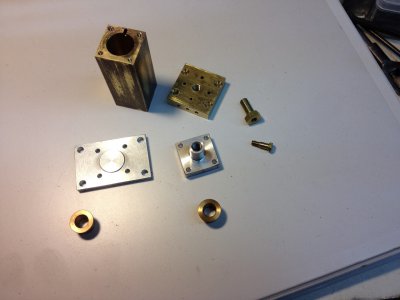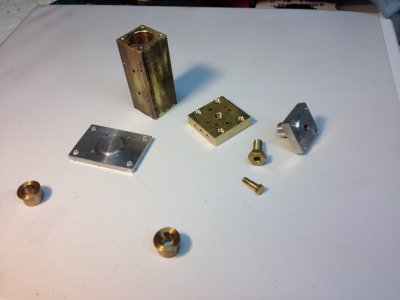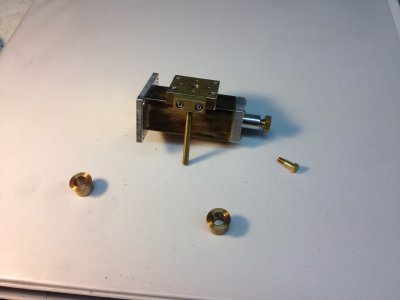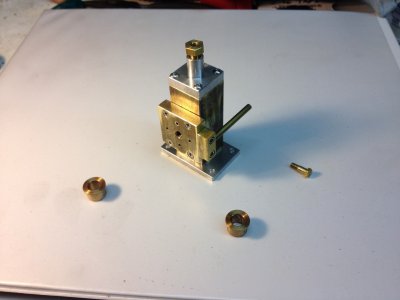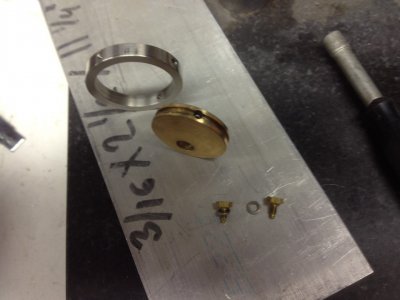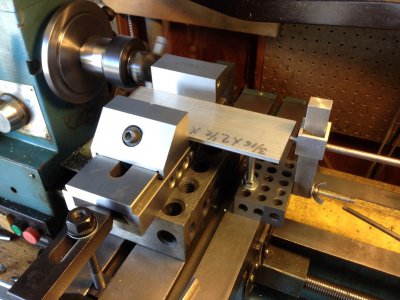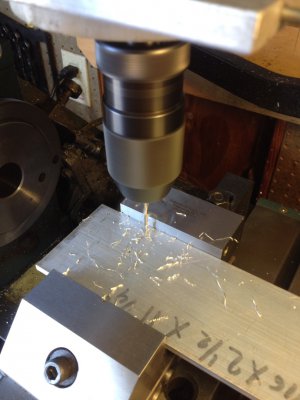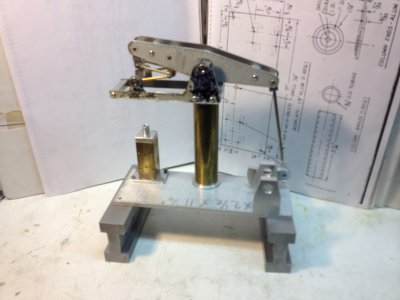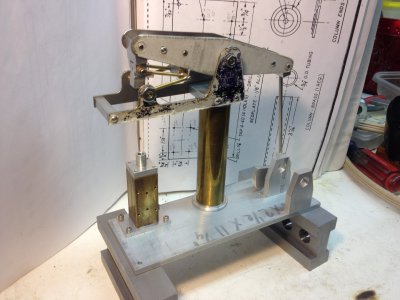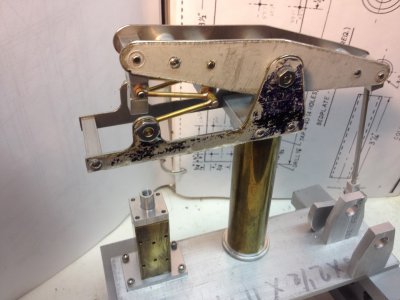- Joined
- Jan 20, 2013
- Messages
- 273
Hey Mark
Once again we are kindred spirits. Your method sounds great too. Also sounds like you have a good way to quickly locate the center of the rotary table and locating your part there. The center of my rotary table is Morse Taper 3. I have a set of MT3 collets, and in fact a lot of MT3 stuff because the tail stock of the lathe and the spindle of my mill is MT3. I have a bunch of little mandrels I have made for various and sundry things. I think I will start always putting a mandrel in a collet in the center of the RT and zero off that. Then mount the part to the mandrel. I do have to put the collet and whatever is in the collet in the RT before I bolt it to the table and I can't change it without unbolting.
Thanks for your post, glad you are making progress. What's next?
=<8^) Dave
Once again we are kindred spirits. Your method sounds great too. Also sounds like you have a good way to quickly locate the center of the rotary table and locating your part there. The center of my rotary table is Morse Taper 3. I have a set of MT3 collets, and in fact a lot of MT3 stuff because the tail stock of the lathe and the spindle of my mill is MT3. I have a bunch of little mandrels I have made for various and sundry things. I think I will start always putting a mandrel in a collet in the center of the RT and zero off that. Then mount the part to the mandrel. I do have to put the collet and whatever is in the collet in the RT before I bolt it to the table and I can't change it without unbolting.
Thanks for your post, glad you are making progress. What's next?
=<8^) Dave


